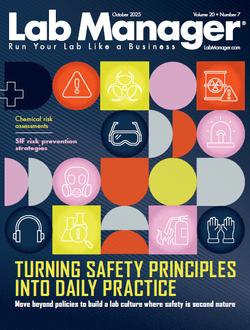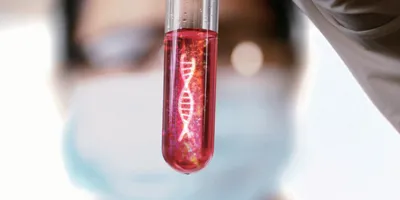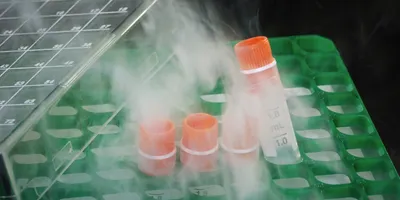A widely used compostable plastic persists unchanged in marine environments for at least 14 months, according to a new study in the open-access journal PLOS ONE by Sarah-Jeanne Royer and colleagues from Scripps Institution of Oceanography at the University of California, San Diego. The study highlights the distinction between textile materials that can be composted in a controlled, industrial setting (PLA), and the ones that can undergo biodegradation in natural environments (cellulose-based textiles).
The accumulation and persistence of oil-based plastic waste in the ocean is one of the major ecological problems facing marine life. Macroscopic plastic items, such as discarded water bottles, that enter the ocean may persist for decades in their original form; even when they break up into microscopic pieces, called microplastics, they are not biodegraded, but instead remain undigestible pollutants that permeate the oceans.
In recent years, substitutes have been developed to replace oil-based plastics, with the intention of both reducing fossil fuel use in creating plastic goods, and providing a more environmentally benign waste product when the item is discarded, through composting.
One of the most popular substitutes is polylactic acid (PLA), a polymer of lactic acid derived from fermentation of sugars and starches. PLA will break down back into lactic acid at the high temperatures found in very large compost piles; however, it does not do so reliably or quickly in colder conditions.
To examine the fate of PLA in a natural marine environment, the authors submerged samples of PLA, along with samples of oil-based materials, cellulose-based materials, and blend of cellulose-based and oil-based materials, in cages in the coastal waters off La Jolla, California. Samples were examined weekly for evidence of disintegration and returned to the ocean after a few hours.
The authors found that the cellulose-based material degraded quickly, in less than one month. Laboratory chemical analysis confirmed that the cellulose had been largely broken down by biological processes through CO2 production, not simple mechanical wear. In contrast, neither the oil-based plastic, the blend, nor the PLA showed signs of degradation throughout the 14 months of the experiment.
“Our results indicate that compostability does not imply environmental degradation,” Royer said. “Referring to compostable plastics as biodegradable plastics is misleading as it may convey the perception of a material that degrades in the environment. PLA-based plastics must be composted in appropriately controlled facilities in order to achieve their potential as compostable substitutes for oil-based plastics.”
The authors also add: “This work represents one of the few pioneer studies addressing the comparability between the biodegradability of different material types (natural to fully synthetic and bio-based materials) in natural environmental conditions and controlled closed systems. This study shows the need for standardizing tests to see if materials promoted as compostable or biodegradable such as PLA actually do biodegrade in a natural environment. In this case, consumers who are concerned about microfiber plastic pollution should be informed, knowledgeable and mindful of the materials they are buying.”
- This press release was provided by PLOS










